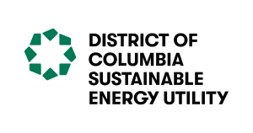
This resource is available courtesy of DCSEU.
Since 1891, Walker Memorial Baptist Church has been serving the DC community.
When the congregation’s roof showed signs of needing repair, Pastor Ademuyiwa Bamiduro and Deacon Charles Ellis started a process that turned into a broader building retrofit. Driven by attainable financing through DC Green Bank and financial incentives through the DC Sustainable Energy Utility (DCSEU), the project will end up saving the congregation money in the long run, while improving building performance and occupant comfort. These strategic investments help enable congregation leadership to focus on their ministries and supporting the community.
Mary Thomas of the Building Innovation Hub interviewed Deacon Ellis and Paul Orentas, ThinkBox Group co-founder and program manager, about the retrofit project.
Any views and opinions expressed in this case study are those of the interviewees and do not necessarily reflect the views or positions of the Building Innovation Hub.
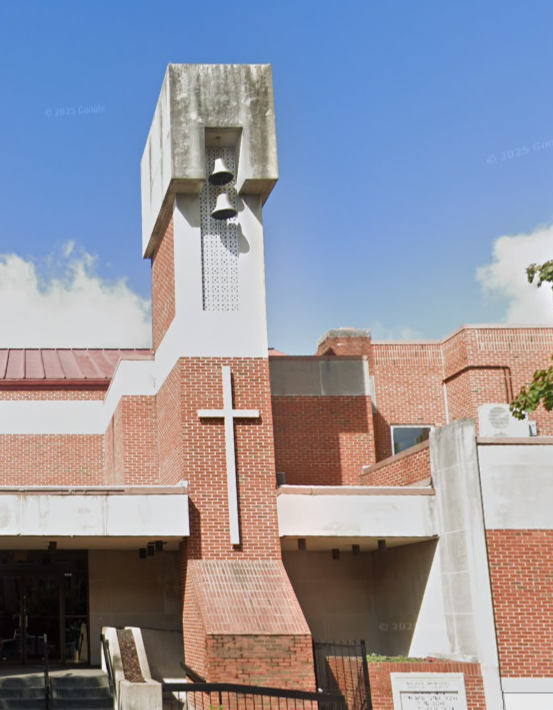
Building Owner: Walker Memorial Baptist Church
Program Manager: ThinkBox
Building Type: House of Worship
Constructed: 1982
Retrofit: 2024
Building Retrofit Project: lighting, HVAC, hot water, roofing and solar
Website: https://www.wmbcdc.org/
View a more detailed project background at the end of the case study.
We’ll start with introductions and ask you to share background information on Walker Memorial Baptist Church. Can you tell us about its congregation and role in the community?
Deacon Charles Ellis: Walker Memorial is an inner-city church located on the U Street Corridor in NW Washington DC, one of the busiest places in our city. Our mission is spreading the gospel of Jesus Christ and serving our congregation and community through relevant ministry. We provide food through our grocery pantry; serve lunch to students and community; we are a host site for a college bound mentoring program and provide yearly scholarships to students. As a congregation dating back to 1891, we firmly believe in the power of prayer, and we continue to walk in the Spirit while remaining fully committed to bringing souls to Christ.
Paul Orentas: ThinkBox is a mission-driven clean energy investment and project development firm. We believe that by investing in infrastructure projects you will help the community. We structured our offering to avoid impacting the church’s budget in a negative way. In fact, it impacts their budget in a positive way so that they can continue to deliver their benefits to the community that they serve.
How did the project get started? What was the underlying motivation?
Deacon Ellis: It literally grew out of the need for the roof repair, which was now 40 years old, leaking and needing to be replaced. I started getting quotes and everything was in excess of a hundred thousand dollars. The question now became how do we pay for that? It all ties back to what Paul was saying about saving us that money. As part of our vision we want to spend less of our tithes and offerings on taking care of the building and use those funds toward serving the community through mission-oriented programs. So that was our challenge.
I began researching and seeking resources and through the process was referred to Ms. Pamela Nelson from the Office of People’s Council who directed us towards ThinkBox. That’s when the process began and we were off and running.
Paul: Ms. Nelson helps community members in the District get resolution if there’s an issue with the utilities. She’s a big advocate for energy efficiency and solar for houses of worship.
What was the process for ultimately determining if the scope implemented was right for this project? What were the key decision points?
Paul: There was a need to develop a scope of work and pursue incentives that would help the church save money. I looked at their bills and determined the size of the solar system that could be on their roof. Technically they didn’t need to do any energy efficiency because that size of solar system would more than cover existing electricity needs, but the PTAC units were old and needed to be replaced, so we added that to the scope. We also added LED lighting replacement. Then the DCSEU modeled that we were going to save a significant amount of electricity, which actually brought levels down below the largest size of solar PV panels that PEPCO would allow. That’s when we looked at the hot water heater. It was not at the end of its useful life, but it was gas. We decided to replace it with an electric heat pump hot water heater so we could take advantage of the full capacity of the planned on-site solar and DCSEU incentives.
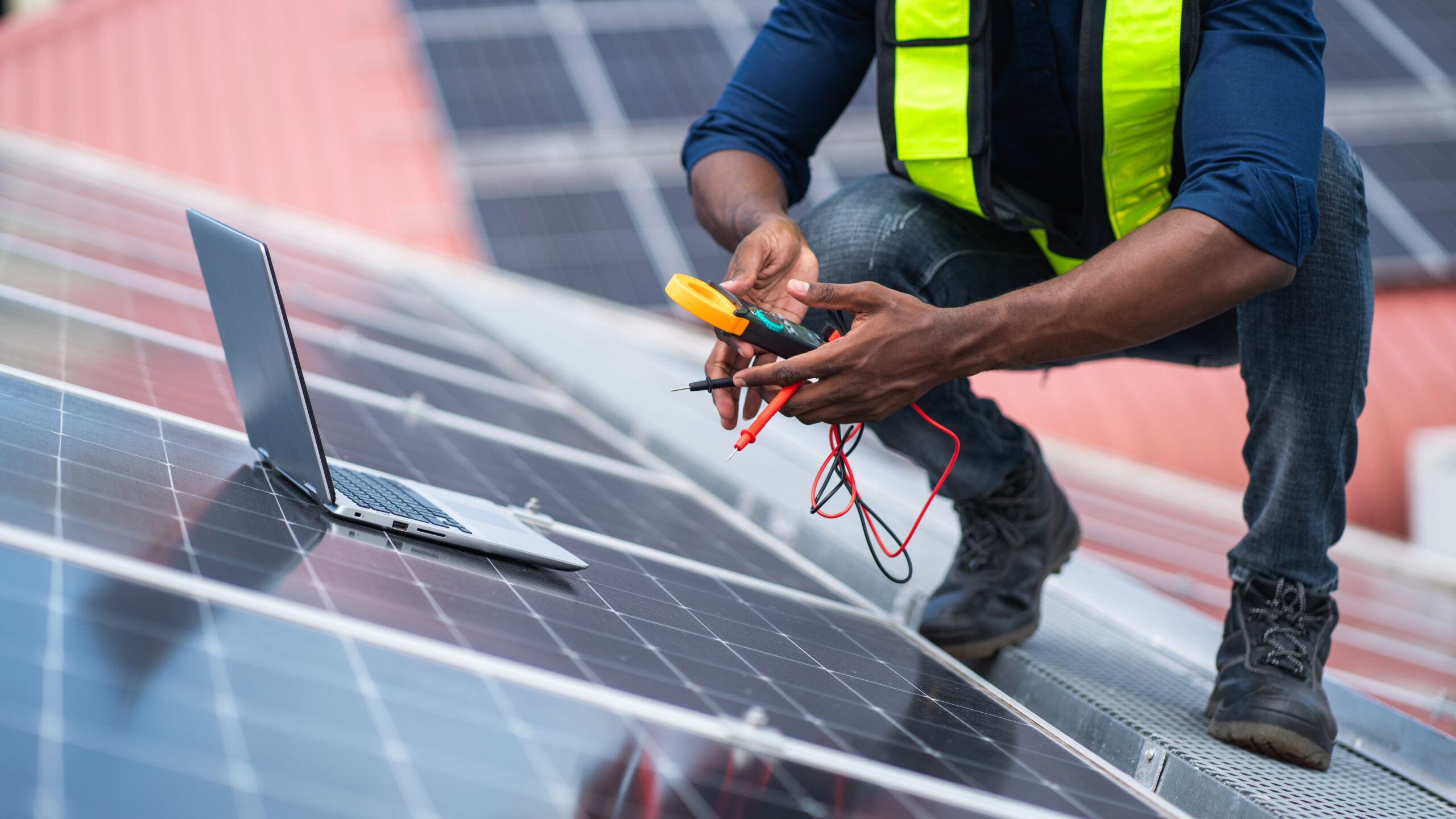
While we increased the amount of electricity used at the facility, we are still getting utility cost savings because it’s free or near free electricity with the solar panels. And we reduced their natural gas load by decarbonizing the gas hot water heater. We did not want to reduce the solar energy produced. The solar renewable energy credits (SRECS) are so valuable that you want to procure as much electricity as you can so you can sell what you don’t need back to PEPCO. The incremental installation cost savings that you would have by taking out two panels is not worth it. You’re allowed to go 10% over and we’re right there with our calculations. These measures were largely implemented because of financial decisions aligned with the needs of the congregation. DC Green Bank provided funding for solar and the roof and DCSEU incentives covered the energy efficiency measures and provided additional support for the solar.
“We want to spend less of our tithes and offerings on taking care of the building and use those funds toward serving the community through mission-oriented programs.Deacon Charles Ellis

What was the impact of the project on occupant comfort and well-being? How have the retrofits been received?
Deacon Ellis: The congregation is thrilled. The comfort of the building has improved with the new PTHPs, the temperature is comfortable and efficient. The lighting is much improved. We were able to show the congregation that we were taking care of the roof and, at the same time, it pretty much was going to pay for itself.
I was excited to see we sold our first three SRECS yesterday. I actually took a screenshot and sent it to our leadership team.
Can you tell us about the DCSEU incentives and DC Green Bank financing program utilized for this project?
Paul: We received funding through the DCSEU’s Income Qualified Efficiency Fund (IQEF) program for the installation of new, more efficient PTHPs, LED lighting, and a heat pump water heater. Through a separate DCSEU program for houses of worship with direct community impact, the DCSEU was also able to provide an incentive to offset part of the cost of the solar PV system. Additionally, we obtained a loan for the roof replacement and the solar system from DC Green Bank through their Community Impact Initiative.
Probably the hardest part of this whole industry is getting the financing in place with a friendly bank. We as an industry need to make it easier, especially for congregations, because it’s very difficult for congregations to get underwritten.
DC Green Bank has now instituted a six-week turn around on Houses of Worship projects. This improvement is a direct result of the lessons learned from working with Walker Memorial.
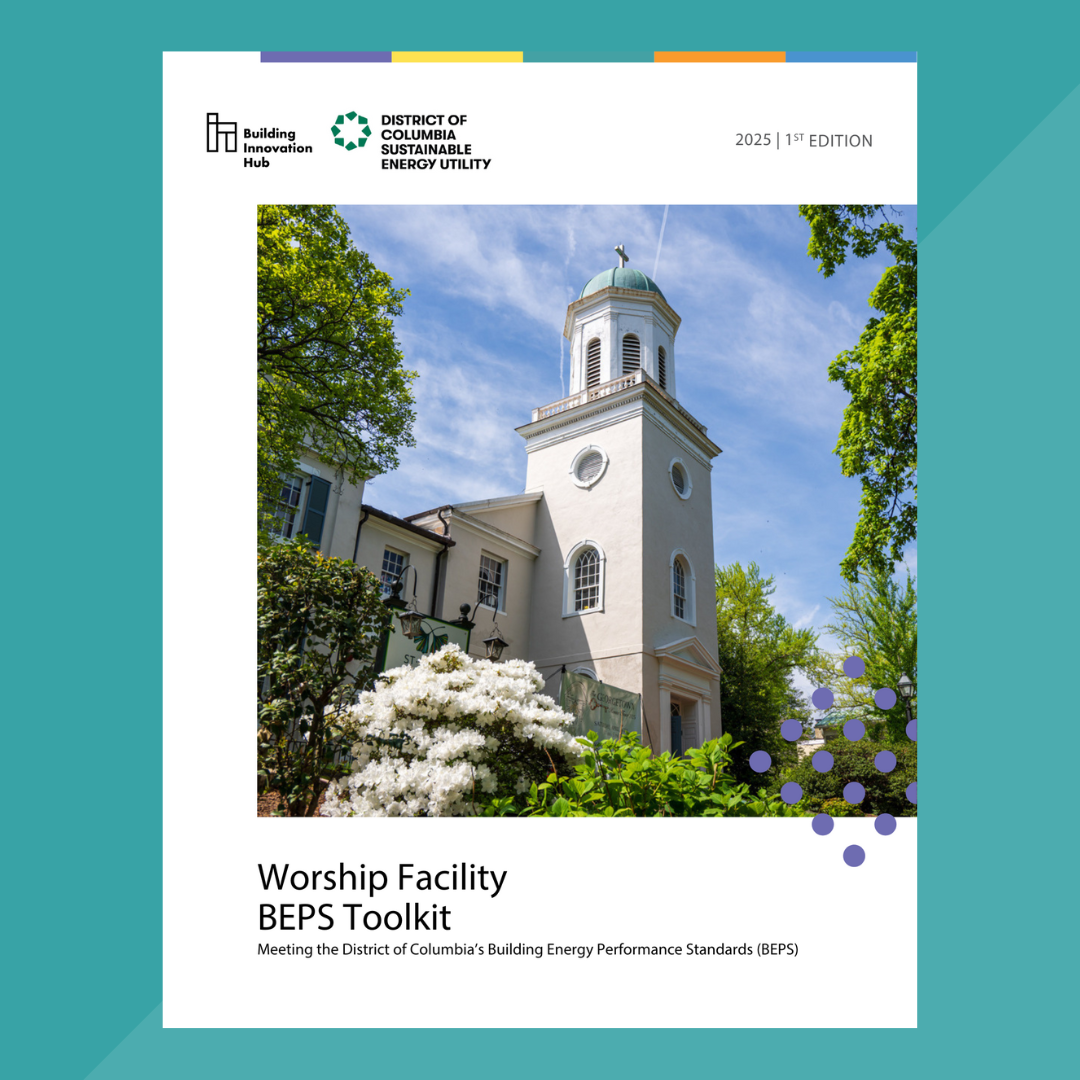
Worship Facility BEPS Toolkit
Whether you’re managing a chapel, mosque, synagogue, church, or a larger multi-use religious campus, this resource demystifies the compliance process for Washington, DC’s Building Energy Performance Standards (BEPS). This free toolkit offers tailored guidance, step-by-step instructions, practical strategies, and real-time case studies to help your worship facility meet both current and future BEPS compliance requirements.
What advice do you have for other houses of worship interested in performing similar improvements?
Deacon Ellis: Our church conference, “Being the Church” was held in January and included congregations from around the city. As part of that conference we intentionally met with about 40 pastors and shared our experience on how we were able to accomplish a clean energy investment and building retrofit project without any cash upfront.
Through prayer and fasting, these projects are doable. We shared with that group our strategies, lessons learned, contacts, vendors and partners who helped us succeed.
Paul: ThinkBox is now working with four additional congregations in DC. These are a direct result from the pastor’s introduction. I’m trying to get them through the six-week program at DC Green Bank. We also have a relationship with Interfaith Power and Light which supports congregations with saving energy and installing solar. We have an additional 60 congregations in the District that we are looking to move toward the DC Green Bank program over the next three years. Some of them have (or will have in the future) Building Energy Performance Standards (BEPS) requirements to do something. The Houses of Worship toolkit that the Hub is putting together with the DCSEU is timely because we have to make it easier to do these projects.
We have the platform; we have the mechanism; and we have the means to get the information out and get them through the program. We have partners in place—WDC Solar and RSC Mechanical—but we need to find additional mechanical contractors because we’re going to overwhelm them. We have the money through DC Green Bank available. We have the incentives through the DCSEU available.
Through this system, we believe that we can actually implement, develop, close on financing, go through construction and close it out in six months. The lessons we’ve learned from working with Walker are making our delivery even better. We’ve really made this a very efficient project development offering through construction, measurement, and verification.
I think we have a window of opportunity for the next three years to do as many congregations as possible. Walker was a great customer and they’re an advocate for what we are doing and what they have done.
The need is there, and the opportunity is there while these SREC values are so high in the District and the tax credits under the Inflation Reduction Act are still available. This is an opportunity for the houses of worship to put solar on their facilities and generate revenue. Congregations need to take advantage of the opportunity to bring infrastructure investment into the community so they can do more. Everyone’s aligned. So let’s just do it and get out there. That’s what we’re ramping up to.
We know what levers to pull and so it’s much quicker now, much easier. Hopefully there won’t be people out there that are frozen in paralysis-by-analysis. That’s why the toolkit is very important. It walks them through the process. I think we have an opportunity to do a lot of good work over the next three years.
Project Background
- Scope
- Repaired and resurfaced membrane roof
- Installed 68 kW solar system
- Upgraded lighting: Replaced all existing interior and exterior lighting with upgraded LED lighting
- Upgraded distributed HVAC system: Replaced most existing PTAC units at the end of their useful life with high-efficiency PTHPs
- Decarbonized hot water: Replaced existing gas hot water heater with electric heat pump hot water heater
- Team
- Owner: Walker Memorial Baptist Church
- Project Manager: ThinkBox
- Roofing Contractor: Said Contracting
- Solar Contractor: WDC Solar
- Mechanical Contractor: RSC Mechanical
- Financing and Incentives
- DCSEU
- Incentives for energy efficiency measures through the Income Qualified Efficiency Fund (IQEF)
- IQEF is a program designed to help projects that serve income qualified DC residents with energy efficiency measures such as electric HVAC upgrades, lighting, insulation, and appliances
- Incentive for solar installation through Solar Low-Income Track
- Program provides incentive to cover a portion of the solar panel installation for projects that serve income qualified DC residents
- Note: These incentives are based on estimated energy savings
- Incentives for energy efficiency measures through the Income Qualified Efficiency Fund (IQEF)
- DC Green Bank
- Financed roof and solar through Community Impact Initiative (CII)
- CII is available for small businesses and community-serving organizations to enable them to invest in building upgrades and address deferred maintenance needs
- $415,000 financing for solar system and roof replacement
- Financed roof and solar through Community Impact Initiative (CII)
- Renewable Energy Investment Tax Credit
- Direct pay provision expanded under the Inflation Reduction Act allowed transferability of tax credit for clean energy projects to enable tax-exempt organizations to benefit from the credit
- $66,000 credit
- DCSEU
- Timeline
- Design and planning
- 10 months from project concept through closing (December 2023 – September 2024)
- Construction, including lead times
- HVAC and Lighting: 6 weeks
- Roof: 8 weeks
- Solar: 10 weeks
- Hot water heater: 16 weeks due to supplier long lead time
- Design and planning
- Estimated Energy Savings
- Electricity: 35% (26,285 kWh)
- Gas: 20% (530 therms)
- Electricity generation from solar: 75,000 kWh annually
- Annual Cost Savings and Income
- Estimated total annual utility and maintenance cost savings: over $25,000
- Estimated annual solar renewable energy credit (SREC) income: $30,000

